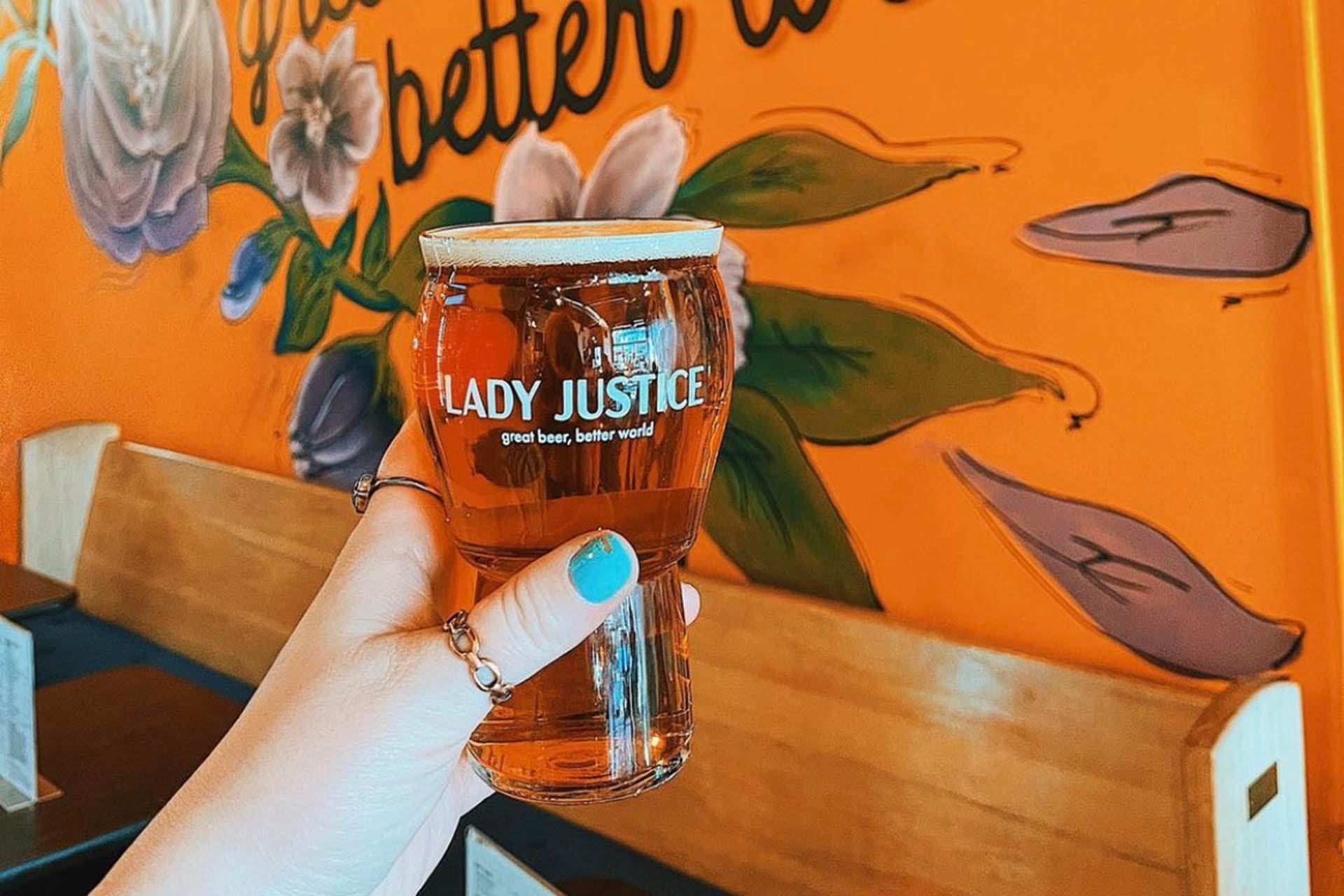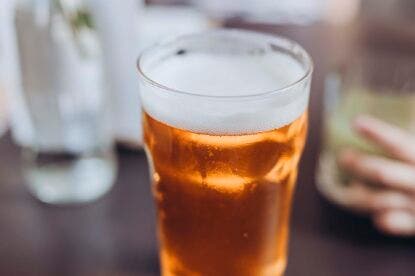There’s a lot more to English beer than India pale ales (IPAs), and some of that expansive tradition is edging in on the U.S. craft beer scene. English-style ales like dark milds, extra special bitters (ESBs), English-style pale ales and even cask ales are finding space in the rotation of U.S. craft brewers. Some breweries are fully embracing the trend by focusing entirely on English beer culture, serving British-inspired pub food to accompany their brews.
“These are the perfect hang-with-your-friends-at-the-bar beers,” says Matt Levy, the head brewer at Threes in Brooklyn, which has begun brewing several English-style ales. He believes that Out of Focus, one of Threes’ ESBs, is “full of hop character without being hoppy,” and expresses its malt character without being overly malty.
“When done right, [ESBs have] a gentle yeast touch that adds to the hop and malt character without being ‘yeasty,’ ” he says. “To us, it’s a style that pops because of the soft touch of each component making for a truly enjoyable easy-to-drink pint.”

Mary Izett, co-owner of Fifth Hammer, a Queens-based brewery, says her brewery’s Security Deposit is billed as an English-style pale ale, though by style it’s more of an ESB—she just feels the former name translates better to taproom consumers. It’s available in cans, but at her taproom it’s served via cask, a classic English approach that yields beer at a warmer temperature than your stereotypical “cold one” and with more muted carbonation.
Some breweries are going full throttle with cask ale. Seattle’s Machine House has only offered cask ales since opening in 2013. “The reception has been amazingly positive,” says Owner Bill Arnott. “Our consumer base in the Pacific Northwest has embraced our dedication to making these styles properly and not caving to the obvious trends in the market.”
Arnott believes the U.S. audience for English-style ales is on the rise. “Increasingly, throughout the years, there seems to be a growing appreciation of simple, classic styles executed well and authentically, and we have both driven that locally and benefited from it.”

Betsy Lay, cofounder, head brewer and owner of Lady Justice Brewing Company in Aurora, Colorado, says her own passion for these styles inspires clientele to come aboard.
“I’ve always been a fan of English-style ales and tend to navigate more toward beers that have a strong malt profile,” she says. “I started brewing the ESB in 2019 after wishing I could find more of them out in the wild. It’s one of my favorites to brew. It has since become one of our most popular beers, and it also took bronze at the U.S. Beer Open last year.”
A passion for cask ales inspired Bradley Gillett, too. The owner of Seneca Lake Brewing in the Finger Lakes region of New York grew up in England and was a big fan of the weekend tradition of going to a pub. When he moved to the U.S. in 2004, however, he found little by way of cask ales.
And so, in 2012, he launched Seneca Lake Brewing and a neighboring pub, The Beerocracy, which serves such British staples as meat pies, cottage pies, and bangers and mash. He believes that the popularity of the beers helped sustain the brewery and pub through the pandemic, though at first his staff had to bring consumers up to speed on the idiosyncrasies of cask ale. “My team is well versed in educating them about the style, temperature and natural carbonation, so before even taking their first sip they understand that our beers are not your regular keg-carbonated beers.”

New U.S. craft breweries are embracing English-style ales in diverse ways. John Liakas, cofounder of Return Brewing in Hudson, New York, uses a Scandinavian-style kveik yeast to brew Found Art, the brewery’s dark mild.
“We’re inspired by Scandinavian brewing techniques, he says, citing the brewery’s use of local juniper. “We foraged the juniper boughs and infused the brewing water with it. This yeast strain was also a nice choice because it produces [red and dark fruit] flavors that worked nicely with the base, dark mild beer.”
The growing popularity of English-style ales among U.S. craft beer professionals and consumers could be somewhat reactive. After years of IPA-heavy tap lists at popular craft breweries, some drinkers may simply be curious to try different styles.
“I think a lot of folks want to explore beer beyond the IPA rollercoaster we’ve been on the last few years and want to return to, or test for the first time, malt-forward beers,” says Lay.
It’s easy to read some of the attraction to these beers as an element of hop fatigue. Classic English styles are lower in alcohol than most craft IPAs, and offer more nuanced, subtle flavors in contrast to the bold flavors and high alcohol content of the double dry hopped IPAs that became the signature of many U.S. breweries. With abvs as low as 3%, these are beers one could have over lunch as readily as during happy hour. They take beer back to its roots.
Lay appreciates the chance to share her enthusiasm for English-style ale with visitors to Lady Justice’s taproom. “Whenever I get a chance to serve it, I’ll talk about the style’s history and why I’m so meticulous about the water and so picky about the malt choices in the recipe,” she says.
“Many of our customers love learning about how these affect the depth of flavor and perceived bitterness of the final product. Having an understanding of a style’s history, or having a story to connect with, makes for a more enjoyable drinking experience, and that’s a pretty easy thing to offer with the ESB. It’s a beautiful beer style with a rich history that I do my best to honor.”
Last Updated: May 22, 2023















